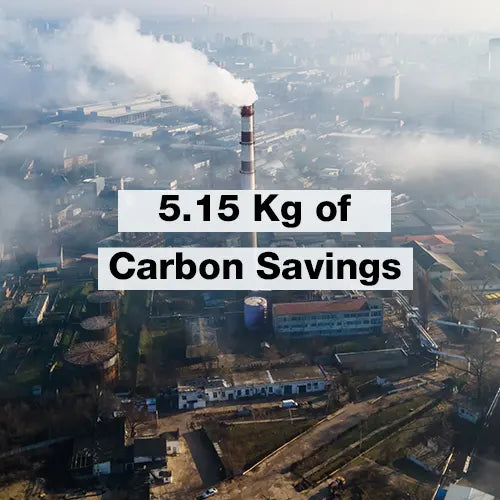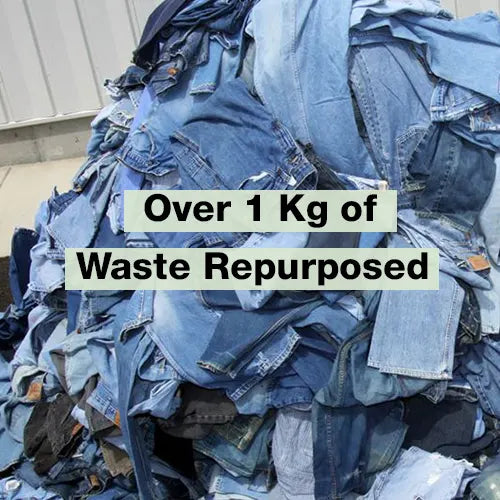Learn How WASTEWEAR Makes a Difference
Waste Collection
Used and unwanted textiles are collected through various channels, including consumers, brands, industries, and organizations that use textiles regularly or irregularly.
Sorting
The collected textiles are meticulously sorted based on their nature, composition, and even color. This ensures they are reused, repurposed, or recycled in the most effective way.
Recycling
Textiles destined for recycling are mechanically or chemically processed to create fibers that can be spun into yarns with desired properties.
Blending & Spinning
The recycled fibers are blended and spun into yarn in ratios optimized for their intended end use.
Fabric Production
The spun yarns are knit or woven into fabrics and products made entirely from recycled yarns, with color derived from the recycled natural fibers.
Cutting, Sewing, & Finishing
The recycled fabrics are cut, sewn, and finished to create a wide range of products, including apparel, accessories, home furnishings, and bags, all made entirely from recycled materials.



